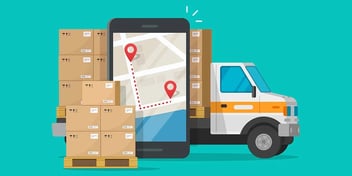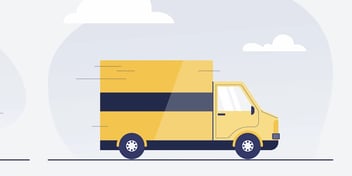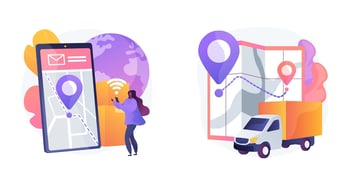Manufacturers, distributors, and retailers all have to deal with increasing delivery costs, which account for a large chunk of their business operating expenses. These businesses could improve their bottom line by improving their delivery operations. After all, unlocking efficiency gains is possible if enterprises invest in route optimization. In this article, we will discuss how route optimization works and why delivery routing software is a must-have.
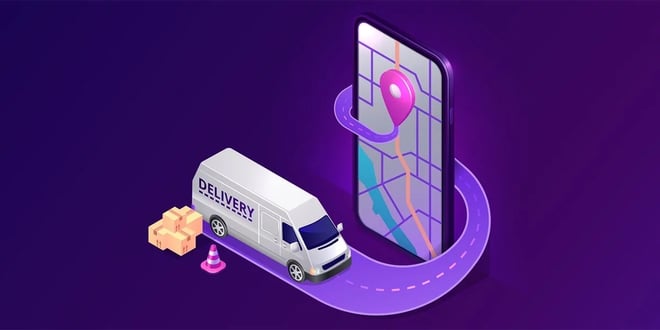
Understanding Delivery Route Optimization
Route optimization is about finding the most efficient route for drivers to follow according to the number of delivery stops and various external variables.
Route optimization can be aided by delivery routing software that figures in all factors affecting the drivers' journey when finding the most efficient routes. Optimizing routes can cut costs by as much as 30 percent while increasing customer satisfaction significantly.
Many transportation operators are already enjoying the advantages of delivery route optimization. Here are some of its benefits.
Operational Efficiency
Manually finding the best routes for each driver is excessively time-consuming. Plus, even the best and most seasoned human planner cannot compete with the computing abilities of routing software, particularly because there are so many variables to consider when plotting the most efficient routes.
Plus, route planners will have a hard time adjusting when unexpected events such as sudden downpours, road closures, and vehicular accidents happen. It will take many hours before the planners can adjust the routes, assuming that they can in time. On the other hand, route optimization software can find the most efficient routes and re-assign delivery tasks to the best-suited driver in just a couple of clicks.
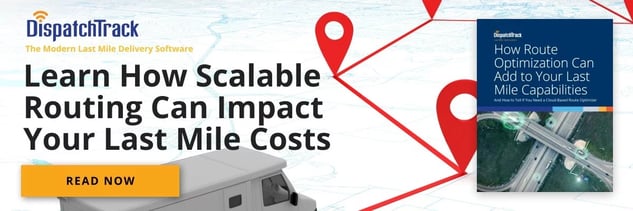
Higher Customer Satisfaction Scores
A study by Walker revealed that products and prices are no longer the primary brand differentiators, as customer experience has overtaken these two. Last mile delivery offers a chance for businesses to provide a great customer experience.
Finding the fastest routes, providing accurate ETAs, and offering real-time tracking and alerts are the best ways to meet consumers' expectations of fast, accurate, and reliable deliveries. Meeting consumer expectations creates brand loyalty. A study by Bauble's and Company showed that increasing customer retention by 5 percent translates to a 25 percent increase in profits.
Increased Profits
Route optimization reduces the miles driven and the amount of time drivers spend on the road. Less time and fewer miles mean lower fuel costs, wages, and maintenance costs.
By just how much are the savings when a business optimizes delivery routing? Here's a breakdown of how much companies can save due to route optimization.
- Trailer and truck lease or purchase payments: 14%
- Fuel expenses: 23%
- Truck insurance: 4%
- Repair and maintenance: 12%
- Tires: 2%
- Permits and Licenses: 1%
- Driver Benefits: 7%
- Wages: 35%
What are the Signs That You Need Delivery Routing Software?
Businesses that are still relying on manual planning and basic tools are likely operating less efficiently than they should be. Here are signs that businesses are losing money and customers without routing software.
Failing to Meet Delivery Windows
Manual route planners simply can't consider all the variables affecting delivery times, and, as a result, the business is providing customers with inaccurate ETAs and missing promised delivery times.
Transportation Costs Increasing Faster Than the Company's Revenues
Many times, enterprises that are still manually planning routes are opting to buy new vehicles or hiring more employees as the business grows. This, in turn, inflates operating costs at a much faster rate than revenues from the business expansion.
Businesses have different needs, and there are no hard and fast rules about how many trucks to buy or drivers and planners to hire. However, each firm can gather essential indicators of whether the business is improving or declining by tracking transportation costs vis-à-vis revenues.
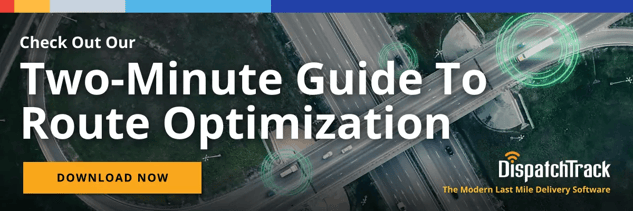
Inability to Obtain Essential Data on Efficiency and Performance
Deliveries take up a large percentage of a business's overall costs. And it's a red flag when the business can't even generate the most basic cost and performance data, such as the following:
- Number of drops for each driver
- Overall on-time deliveries and missed deliveries; or, simply put, service level performance
- Miles per drop and cost per drop
Poor Driver Retention
Driver retention has been a major concern of trucking industry players for many years now. Truckers can't afford to have unbalanced workloads and constant extension of driver shifts.
Predictable work times and fair distribution of work go a long way in increasing driver retention. Any business that's making drivers work longer is likely to have high attrition rates, too.
Constant Changes in Driver Assignments
Businesses with dispatchers constantly changing driver assignments to accommodate things such as flexibility of start times, shift availability, and working hour limits have a big problem. Dispatchers constantly deviating from the original route plans and driver assignments is indicative of the ingrained inefficiency in the delivery planning process.
Why Is It Important to Invest in Routing Software?
The trucking industry is facing monumental challenges these days, ranging from shifting customer demands to complex industry trends and regulations. It's more important than ever to optimize routes, as several market forces, as discussed below, are making deliveries more complicated than before.
Higher Delivery Volumes
E-commerce has been on the rise for a long time, but the COVID-19 pandemic accelerated its growth faster than everyone anticipated. Thus, businesses are dealing with more deliveries than they had planned and prepared for before the pandemic happened. More frequent deliveries should push enterprises to automate processes, including route planning.
Demand for Full Visibility on Orders
Likewise, customers demand to know where their orders are in real time. They expect to be provided with accurate delivery information without having to call customer service.
City Restrictions
Cities are restricting commercial deliveries due to environmental concerns and traffic congestion. These restrictions are making route planning more complex.
The final stage of the supply chain process is complex in itself. Adding to its complexities are the various market forces such as evolving customer expectations, changing regulations, and higher demand for online shopping. Businesses that are experiencing high attrition rates among drivers, constant changes in deployment and route plans, and the inability to generate the right data won't survive. It's high time for these enterprises to invest in delivery routing software.




